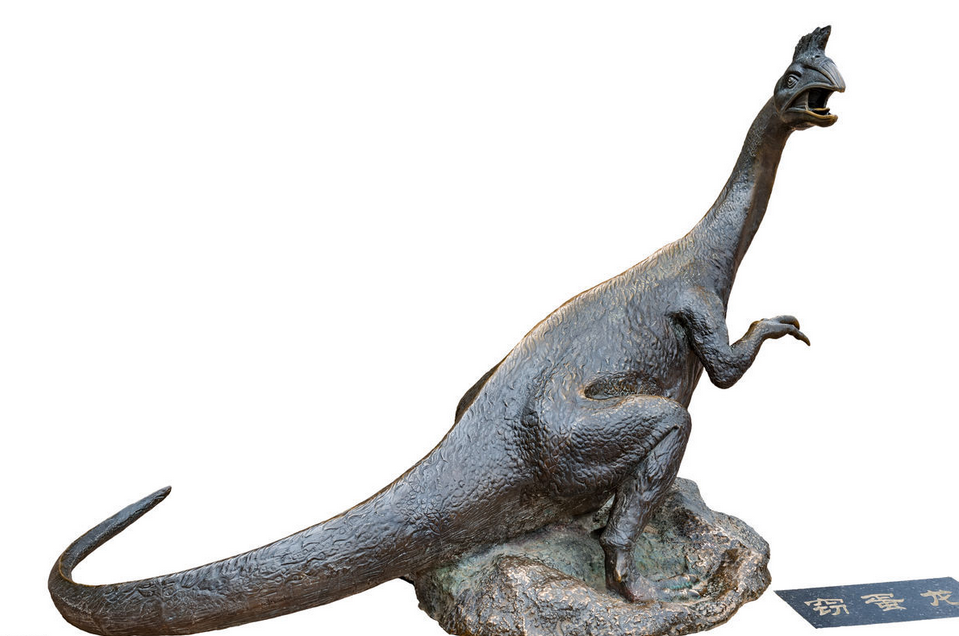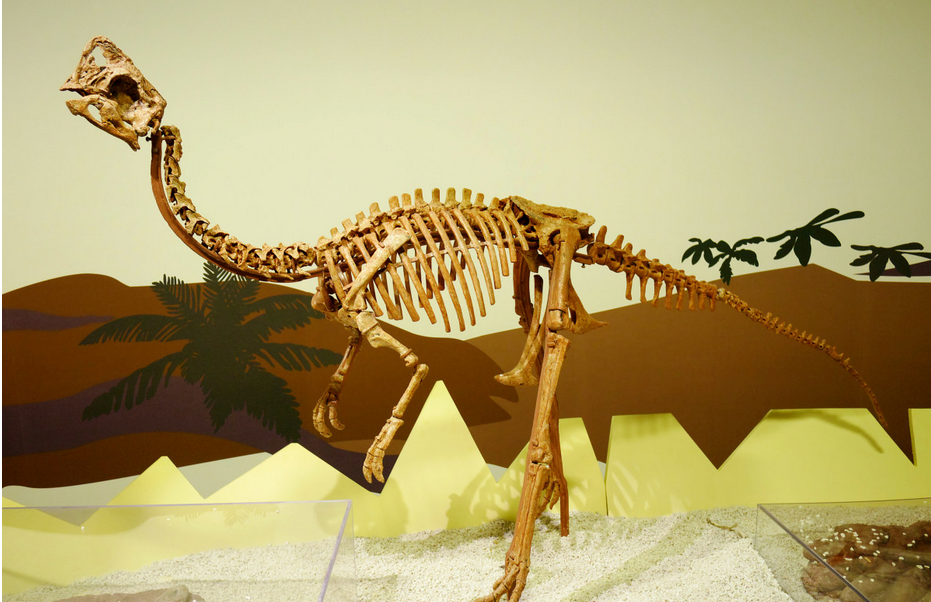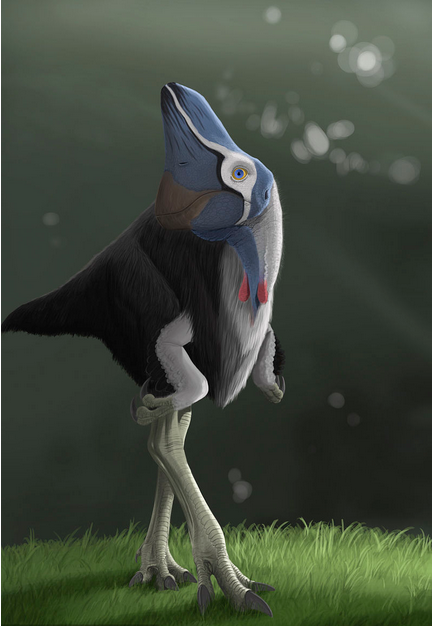Dinosaur Knowledge Tips Oviraptor
Release time:2018/3/2 15:48:00

viraptor is a genus of small Mongolian theropod dinosaurs, first discovered by technician George Olsen in an expedition led by Roy Chapman Andrews, and first described by Henry Fairfield Osborn, in 1924. Its name is Latin for 'egg taker' or "egg seizer", referring to the fact that the first
fossil specimen was discovered atop a pile of what were thought to be Protoceratops eggs, and the specific name philoceratops means "lover of ceratopsians", also given as a result of this find. In
his 1924 paper, Osborn explained that the name was given due to the
close proximity of the skull of Oviraptor to the nest (it was
separated from the eggs by only 4 inches or 10 centimetres of sand).
However, Osborn also suggested that the name Oviraptor "may entirely mislead us as to its feeding habits and belie its character". In the 1990s, the discovery of nesting oviraptorids like Citipati proved that Osborn was correct in his caution regarding the name. These
finds showed that the eggs in question probably belonged to Oviraptor itself, and that the specimen was actually brooding its eggs, when it died at the nest.
Oviraptor lived in the late Cretaceous period, during the late Campanian stage about 75 million years ago; only one definitive specimen is known (with associated eggs), from the Djadokhta Formation of Mongolia, though a possible second specimen (also with eggs) comes from the northeast region of Inner Mongolia, China, in an area called Bayan Mandahu.

Oviraptor philoceratops is known from a single partial skeleton (specimen number AMNH 6517), as well as a nest of about fifteen eggs that have been referred to this species (AMNH 6508).
When living, Oviraptor was one of the most bird-like
of the theropod dinosaurs. Its rib cage, in particular, displayed
several features that are typical of birds, including a set of processes
on each rib that would have kept the rib cage rigid. A relative of Oviraptor called Nomingia was found with a pygostyle,
which is a set of fused vertebrae that would later help support the
tail feathers of birds. Skin impressions from more primitive
oviraptorosaurs, like Caudipteryx and Protarchaeopteryx,
clearly show an extensive covering of feathers on the body, feathered
wings and feathered tail fans. A tail fan is also indicated by the
presence of a pygostyle in Nomingia, suggesting that this feature was widespread among oviraptorosaurs. Additionally, the nesting position of the brooding Citipati specimens implies the use of feathered wings to cover the eggs. Given the close anatomical similarity between these species and Oviraptor, it is highly likely that Oviraptor had feathers as well.
Oviraptor is traditionally depicted with a distinctive crest, similar to that of the cassowary.
However, re-examination of several oviraptorids show that this
well-known, tall-crested species may actually belong to the genus Citipati, a relative of Oviraptor. It is likely that Oviraptor did have a crest, but its exact size and shape are unknown due to crushing in the skull of the only recognized specimen.
The Oviraptor has two long, well developed hind limbs, each had three
clawed fingers that were used to hold, rip and tear their prey. The
Oviraptor had large eyes with bony rings and a unusual cranial crests
along with a toothless beak.

As its name suggests, Oviraptor was originally presumed to
have eaten eggs, based on its association with a fossilized nest
(specimen number AMNH FR 6508) thought to belong to Protoceratops. The idea of a crushing jaw was first proposed by H. F. Osborn, who
believed that the toothless beak of the original skull, together with an
extension of several bones below the jaw from the palate, would have
made an "egg-piercing" tool. In 1977, Barsbold argued that the strength
of its beak would indicate that it was strong enough to break the shells
of mollusks such as clams, which are found in the same geological formation as Oviraptor.
These bones form part of the main upper jaw bone or maxilla, which
converge in the middle to form a pair of prongs. The rest of the bony
palate, unlike all other dinosaurs, is extended below the jaw line and
would have pushed into the space between the toothless lower jaws. A
beak (rhamphotheca) covered the edges of the upper and lower jaws and probably the palate, as proposed by Barsbold and Osborn.
The discovery of nesting specimens of the related Citipati, with the same types of egg in the original Oviraptor specimen, showed that the eggs actually belonged to Oviraptor, not Protoceratops,
and that the type specimen was likely brooding the eggs, not feeding on
them. While this discovery did not rule out the possibility that Oviraptor included eggs in its diet, its exact feeding strategies remain unknown. The only Oviraptor philoceratops skeleton preserved the remains of a lizard in the region of its stomach cavity, implying that the species was at least partially carnivorous.
from Wikipedia